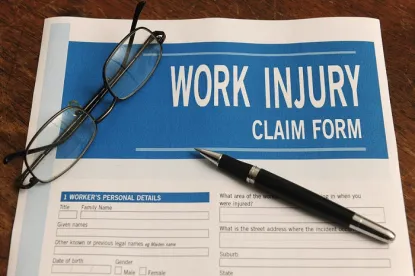On December 14, 2017, the National Labor Relations Board (“NLRB” or the “Board”), issued a case styled Hy-Brand Industrial Contractors, Ltd., 365 NLRB No. 156, that expressly overruled the controversial Browning-Ferris Industries of California, Inc., 362 NLRB No. 186 (Browning-Ferris) decision issued in 2015. When doing so, the Board reverted to its prior (and longstanding) joint-employer standard.
In a 3–2 vote, the Board overturned the joint-employer standard enunciated in Browning-Ferris, which provided that two or more entities, such as a company and a contractor, would be considered joint employers where (for example) the company possessed “indirect control” over aspects of the contractor’s workforce, such as wages, hours, or other material terms and conditions of employment. The Board majority commented:
“We think that the Browning-Ferris standard is a distortion of common law as interpreted by the board and the courts, it is contrary to the [National Labor Relations Act], it is ill-advised as a matter of policy, and its application would prevent the board from discharging one of its primary responsibilities under the Act, which is to foster stability in labor-management relations.”
The Board then announced it was returning to its longstanding joint-employer standard that existed prior to Browning-Ferris, which provides that two or more separate entities ( such as the company and contractor discussed above) will be considered joint-employers where the company exerts “direct and immediate” control over the contractor’s employees’ terms and conditions of employment. According to the Board majority:
“A finding of joint-employer status shall once again require proof that putative joint employer entities have exercised joint control over essential employment terms (rather than merely having ‘reserved’ the right to exercise control), the control must be ‘direct and immediate’ (rather than indirect), and joint-employer status will not result from control that is ‘limited and routine.’”
Applying the reinstated joint-employer standard, the Board affirmed the Administrative Law Judge’s determination that Hy-Brand Industrial Contractors, Ltd. and Brandt Construction Co. -- companies owned by the same individuals --are joint employers and therefore jointly and severally liable for the unlawful discharge of seven striking employees.
The Hy-Brand decision represents a welcome change for employers that make use of another entity’s employees, such as franchisors and franchisees or contractors and subcontractors, among many other business relationships. Indeed, the Board’s decision to overrule Browning-Ferris provides businesses with greater certainty when entering into relationships with other entities, and further decreases the risk an employer will be found liable for a separate entity’s unfair labor practices.




 />i
/>i

